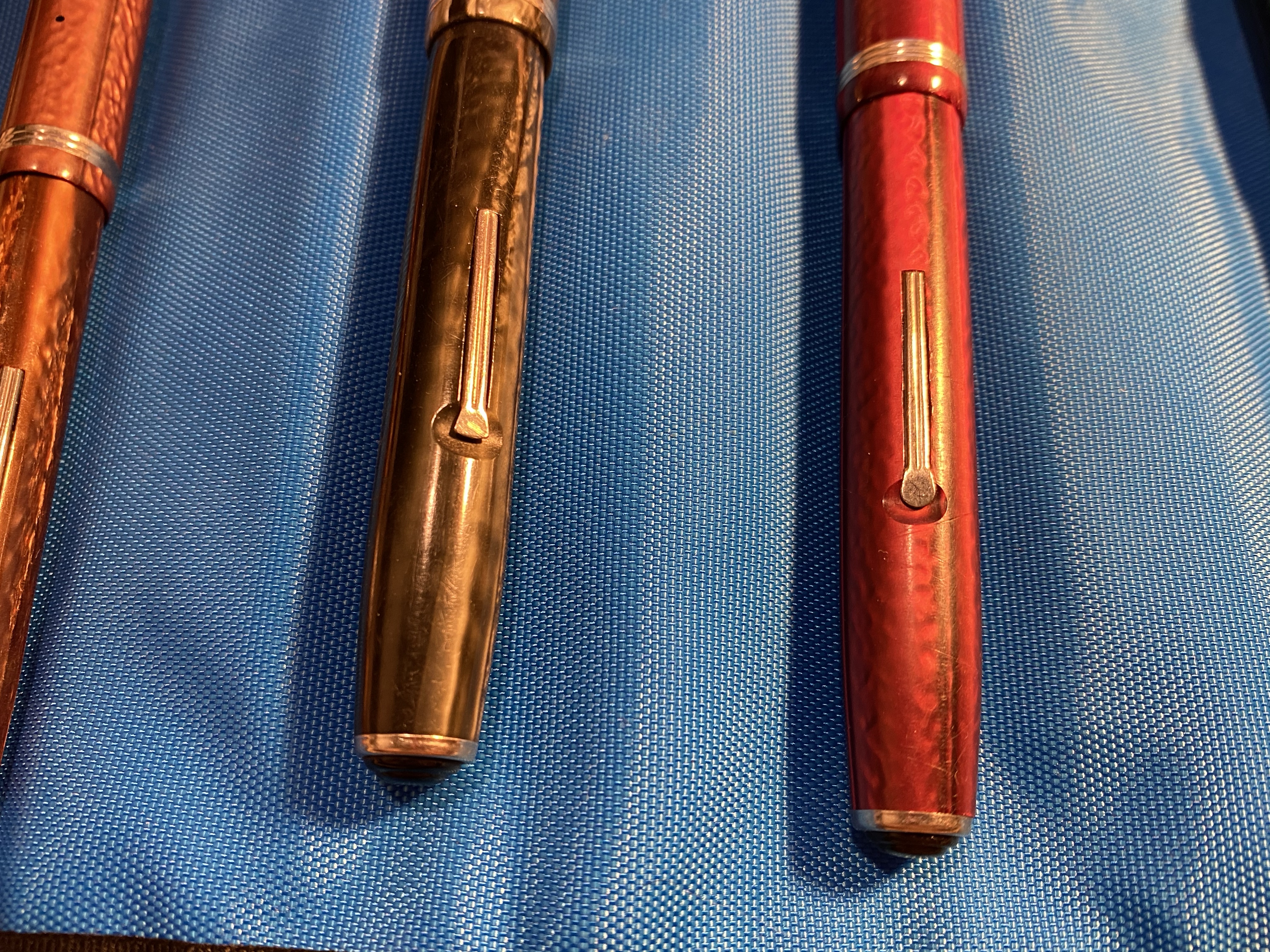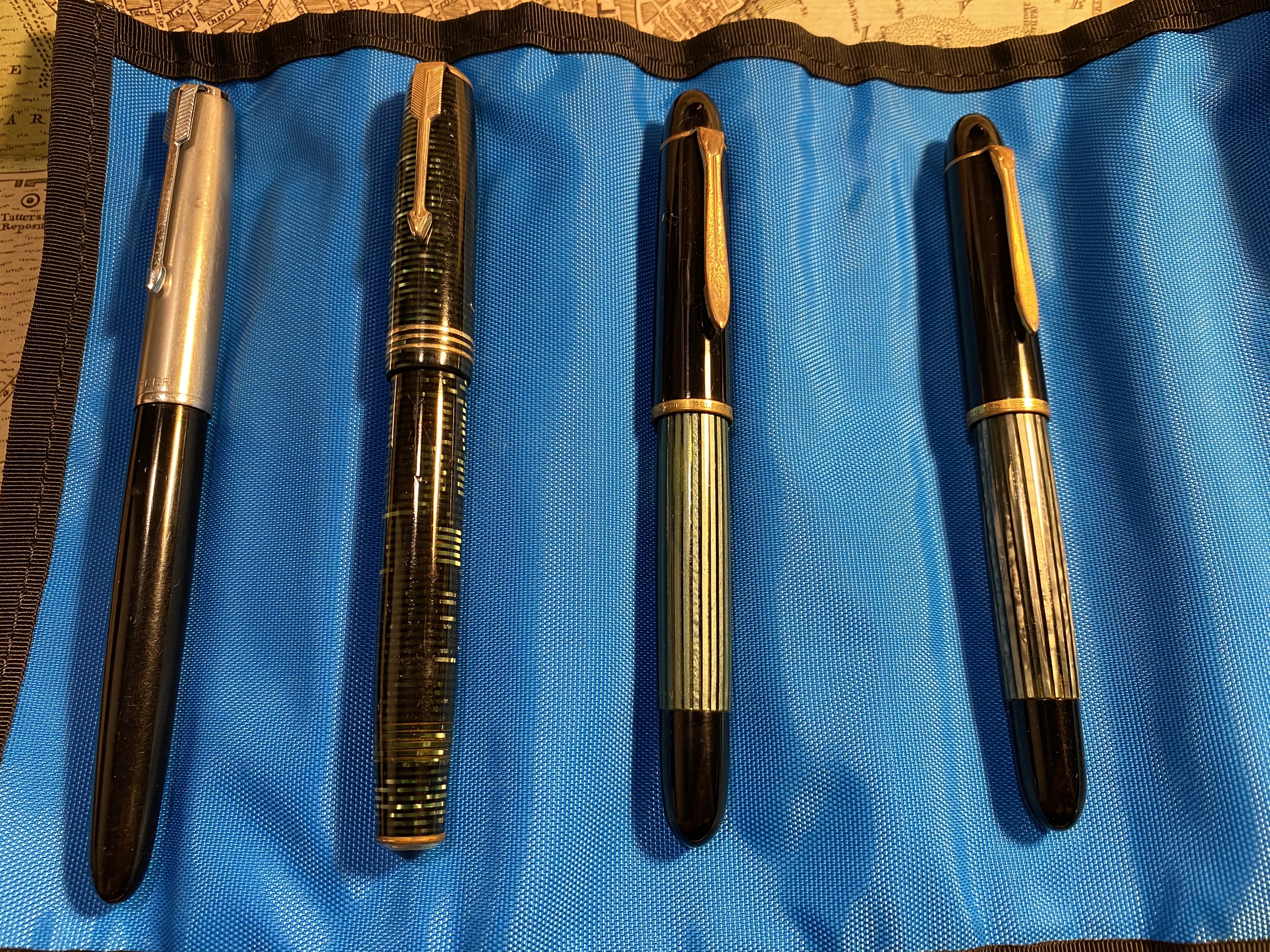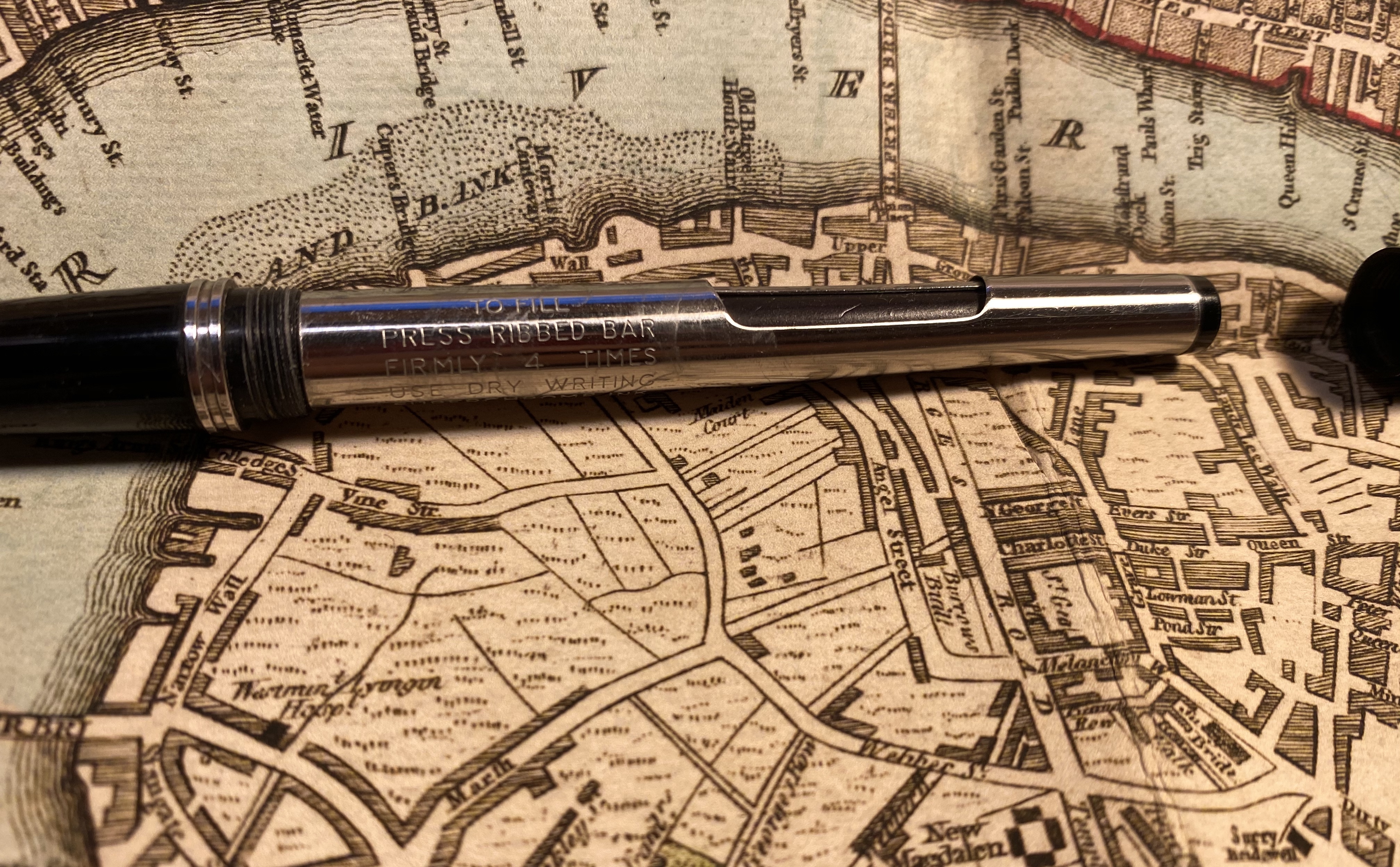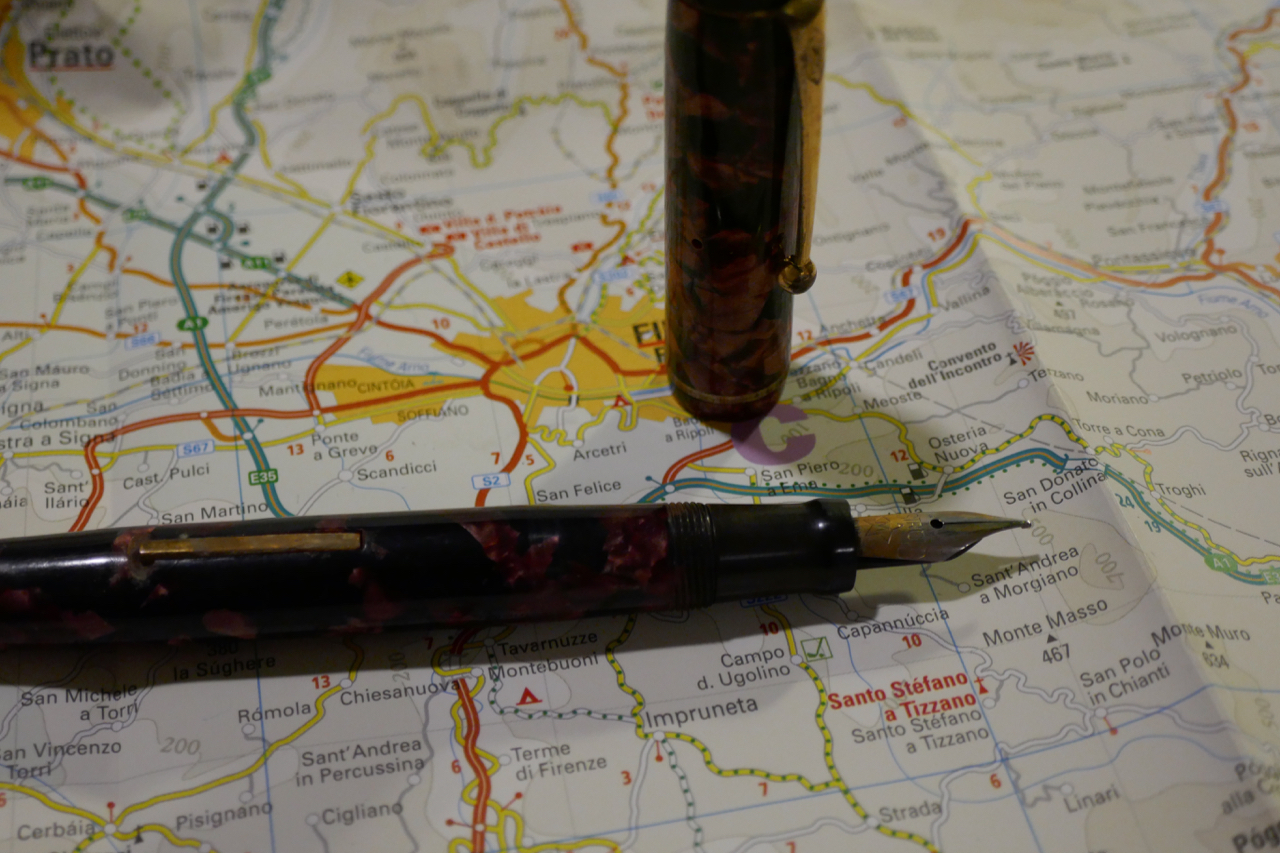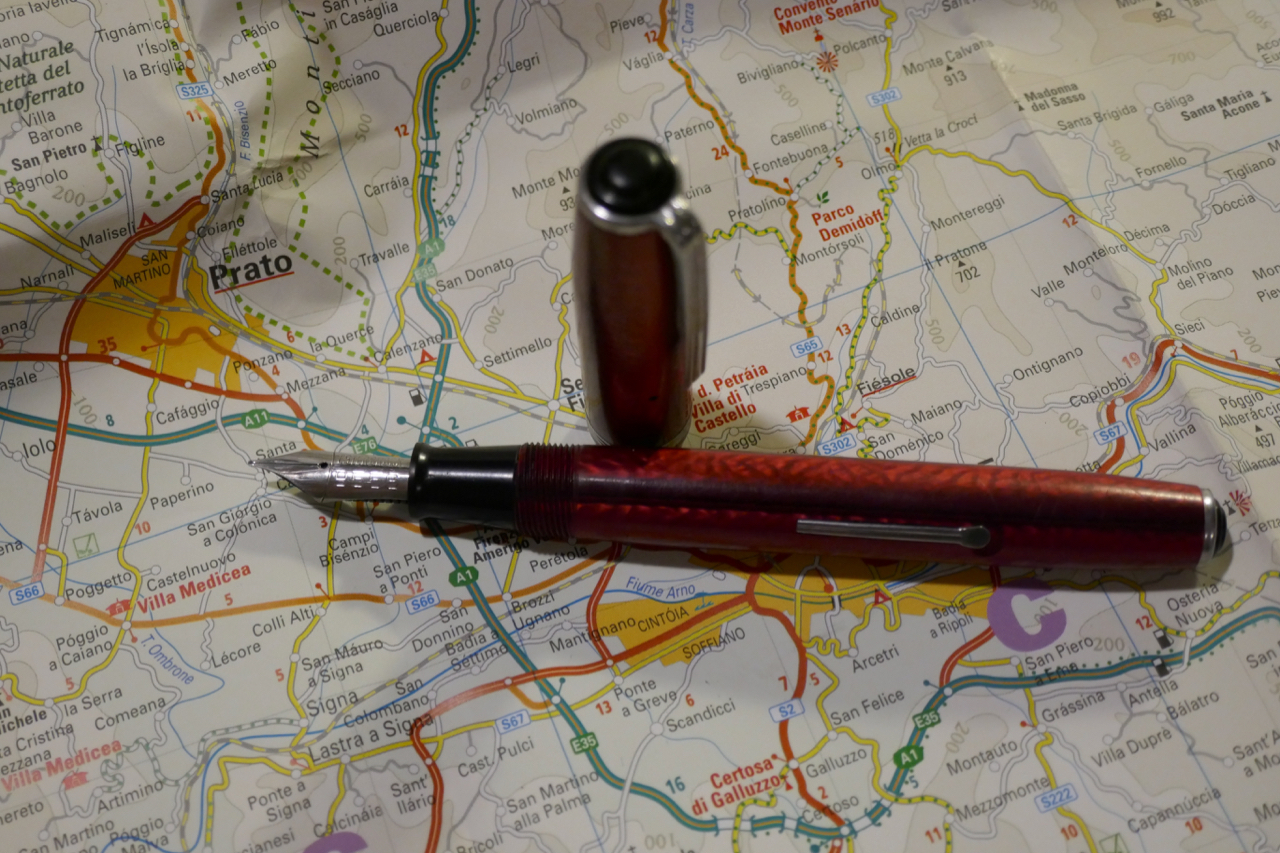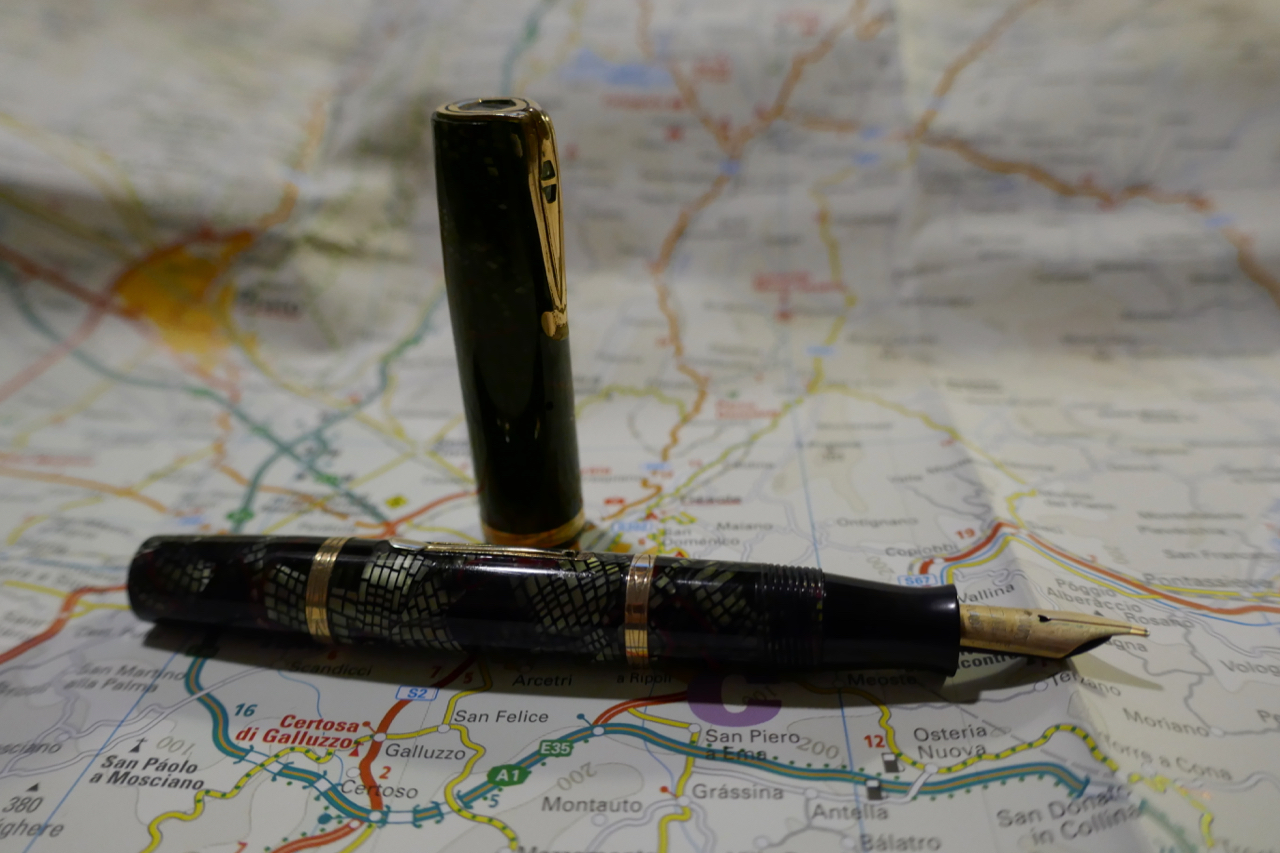Esterbrook Estie Sea Glass Review
I am a huge fan of the original, vintage Esterbrook fountain pens. They are beautiful, versatile workhorses that are easyto find and affordable, provided you’re not after the rarer colours/models/nibs. If only they didn’t have lever fillers, one of my least favourite filling systems, they would have been my go to vintage pens.
I don’t buy vintage brand reboot pens. In my early days of fountain pen use there was a lot of hype about the reboot of Conklin. Conklin fountain pens had an interesting filling mechanism that I wanted to check out, but they were all too expensive for me at the time. Then came the brand reboot in the mid 2000’s which made the pens more affordable and more widely available. So I bought a Conklin Mark Twain in 2009, and it was terrible. It looked and felt like a $10 pen, it skipped and hard started all the time, and it fell to pieces after the first use. I still keep it as a reminder to be circumspect with my purchases in the future. The experience made me leery of vintage brand reboots, and so when Esterbrook was rebooted I stayed clear of their pens. They didn’t look like Esties, they looked like generic fountain pens, so I decided that this too must be a QC nightmare money grab that would ruin the Esterbrook name.
I was wrong.

After a mountain of good new Esterbrook reviews came in, and after I reconciled myself to the idea that the new Esterbrooks did not look like the old Esterbrooks I decided to give the Esterbrook Estie a try, and picked up a Sea Glass with a journalling nib. I normally don’t buy pens with gold hardware, but this was what was available at the time, and so a gold hardware Esterbrook Estie Sea Glass it is.
First of all, the pen is gorgeous. It has the classic cigar/torpedo shape that many fountain pens share, but the material of the Sea Glass pen sets it apart. It’s partly translucent, partly chatoyant, and vibrant without being Benu loud.

What took me by surprise is the capping mechanism. It reminded me of a child safe pill bottle, where you also have to push down as you twist to get the bottle to open. The mechanism does work well to make sure that the Estie doesn’t dry up or accidentally uncap itself, but it also means that it takes longer and a bit more effort to uncap the pen. If you write in short bursts this mechanism is going to be an annoyance.

The “cushion cap” mechanism is well made and is attractive and unobtrusive when writing, so I don’t think it detracts from the pen. It’s just something to be aware of, since it is so unusual. It reminds me a bit of the Visconti Homo Sapiens caps.

The nib has scrolls and the Esterbrook branding on it, as well as a four digit number, like the old Esterbrook nibs. You can unscrew the nib and replace it with a vintage Estie nib, though I’ve been enjoying my Gina Salorino medium stub journalling nib enough to not want to change it. The fact that Kenro industries, the makers of the new Esterbrook, have teamed up with nibmeisters to offer custom nib grinds is amazing. Apart from the journalling nib they also offer an architect grind.

The pen is branded on the cap lip below the clip with an “Esterbrook” imprint in gold script. I really don’t like the branding, as I feel like it cheapens the pen. If it were just an imprint then I think it would have been classier.
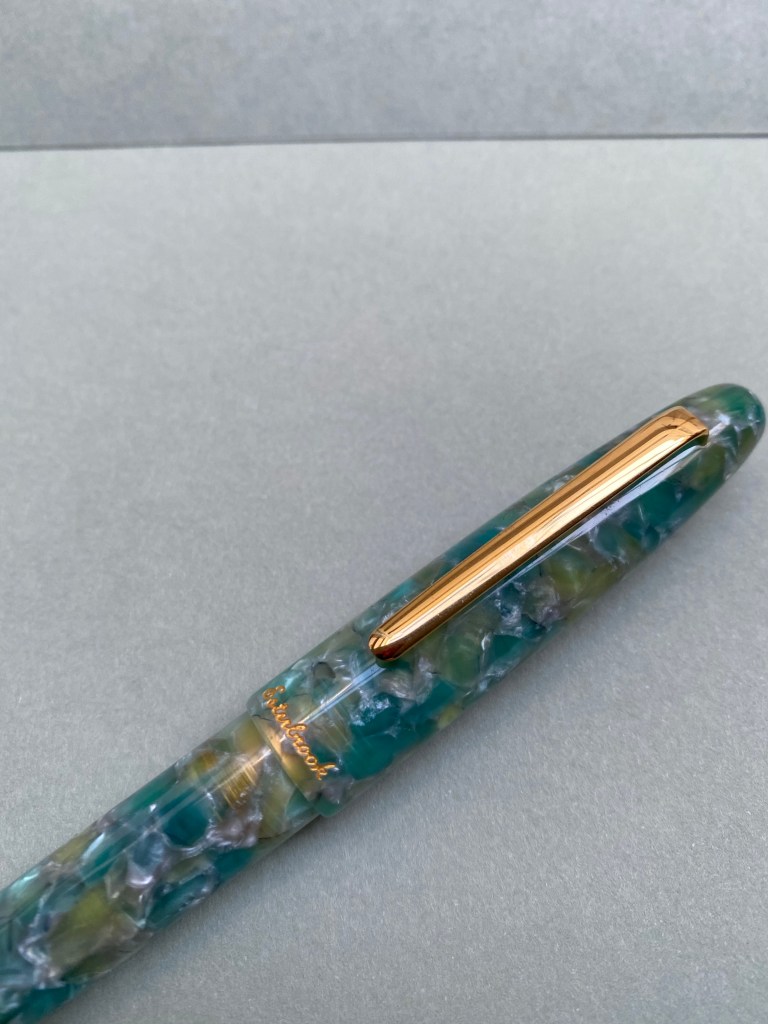
The Esterbrook Estie is a cartridge-converter pen, and it comes with an excellent converter. The fact that this isn’t a lever filler like vintage Esties is great, as it’s much easier to fill, clean and check how much ink you have left in a converter, plus sometimes cartridges are convenient.
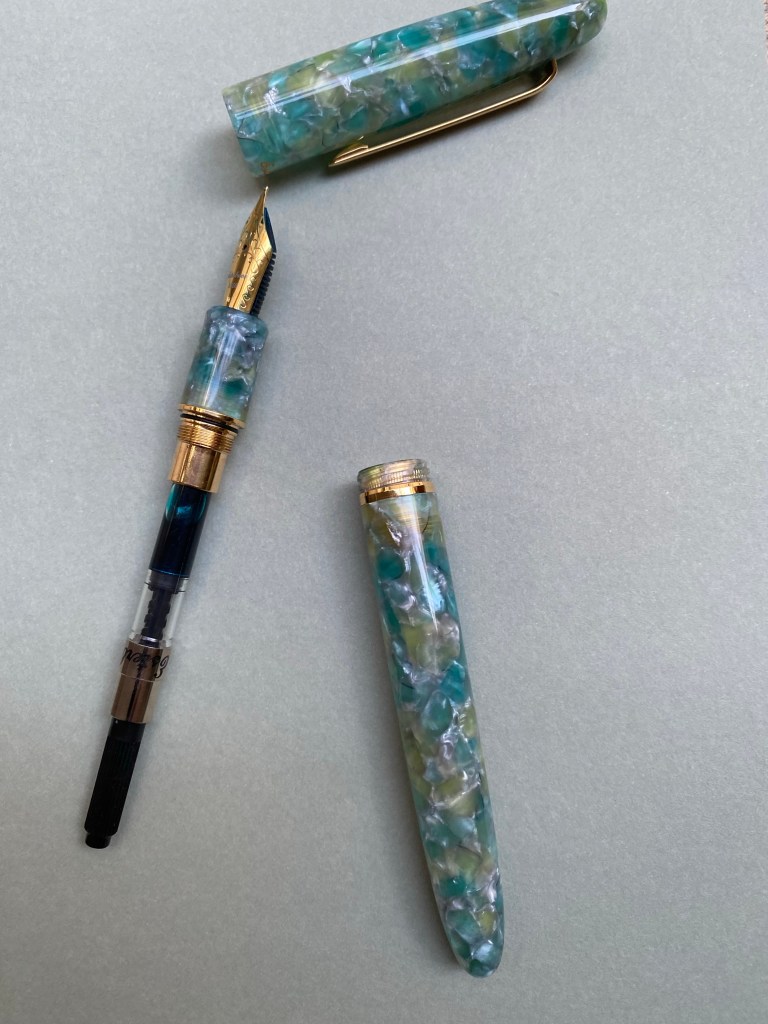
The Esterbrook Estie is on the larger side but not heavy, with its weight distributed closer to the nib. It makes for a very comfortable writing experience, especially for me now. The cap posts, but I wouldn’t post it because it makes the pen overly long and unwieldy.
Here’s a writing sample with the journalling nib. It’s a lot of fun to use, and very forgiving to whatever writing angle you use it with:
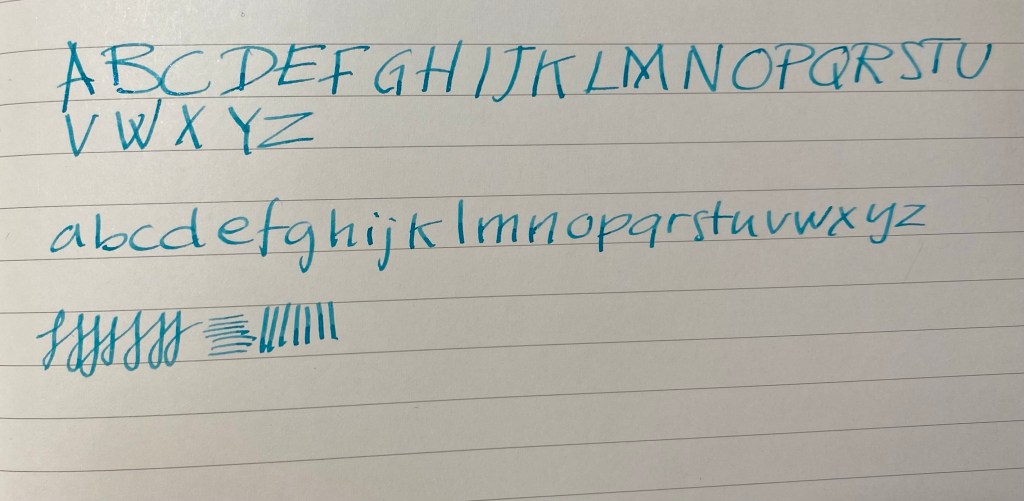
The Esterbrook Estie is more than a reboot to an old beloved brand. It’s a fantastic pen to select as your first “more than $100” fountain pen. It’s very well made, comfortable to use, has a classic fountain pen look, and an interesting selection of nibs that you can get directly from the manufacturer. It’s also very forgiving: easy to clean due to the combined cartridge-converter system and nib unscrewing, not likely to dry up or leak due to the cushion cap, and comes with easy and cheap ways to customise the nib post-purchase if you find that your tastes have changed. There are a lot of vintage Estie nib units out there.
The pen that I was leery of buying turned out to be one of the best fountain pens I have.


